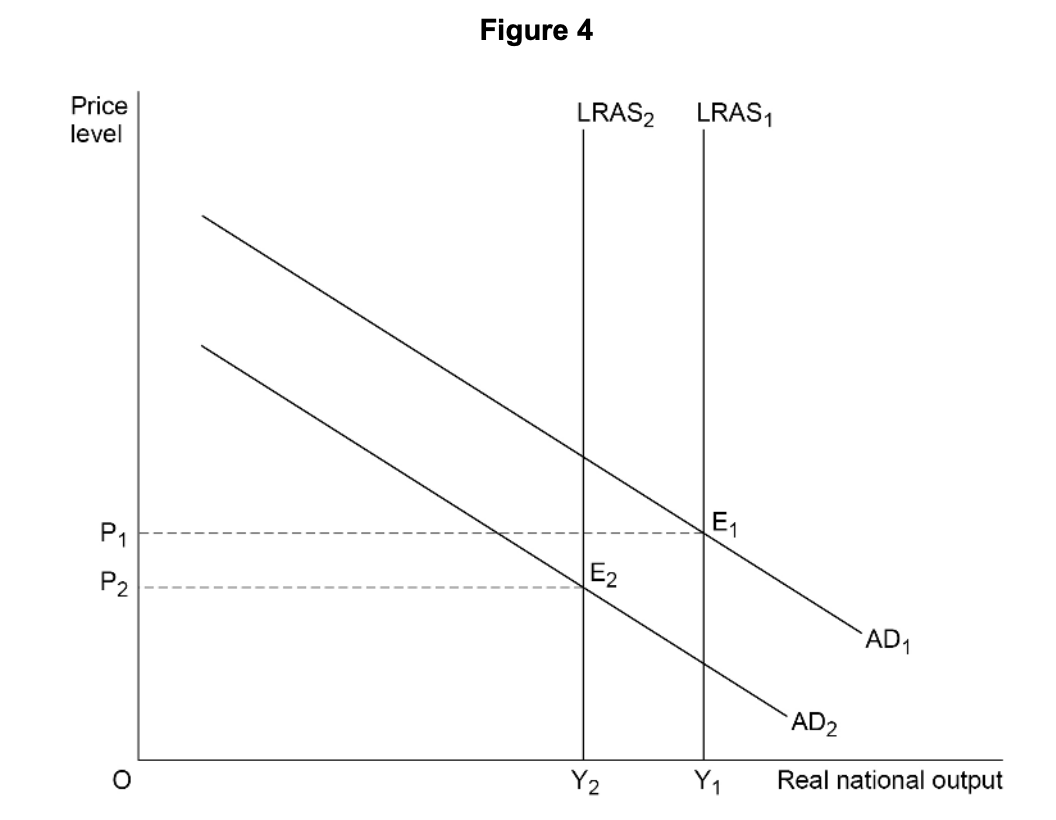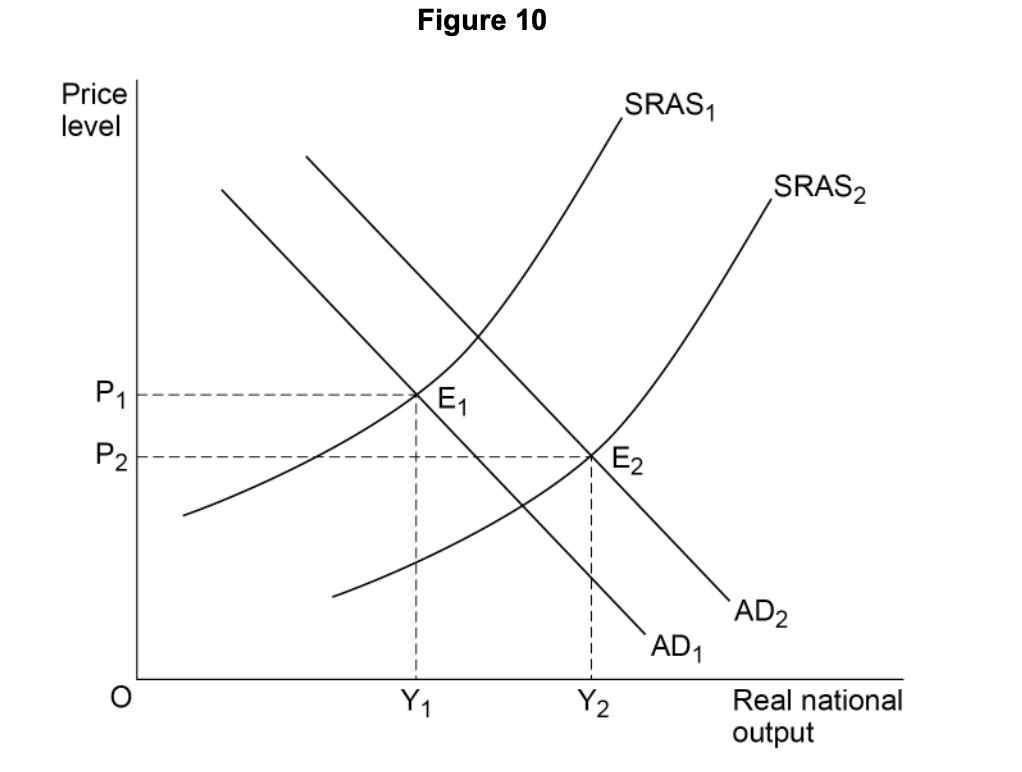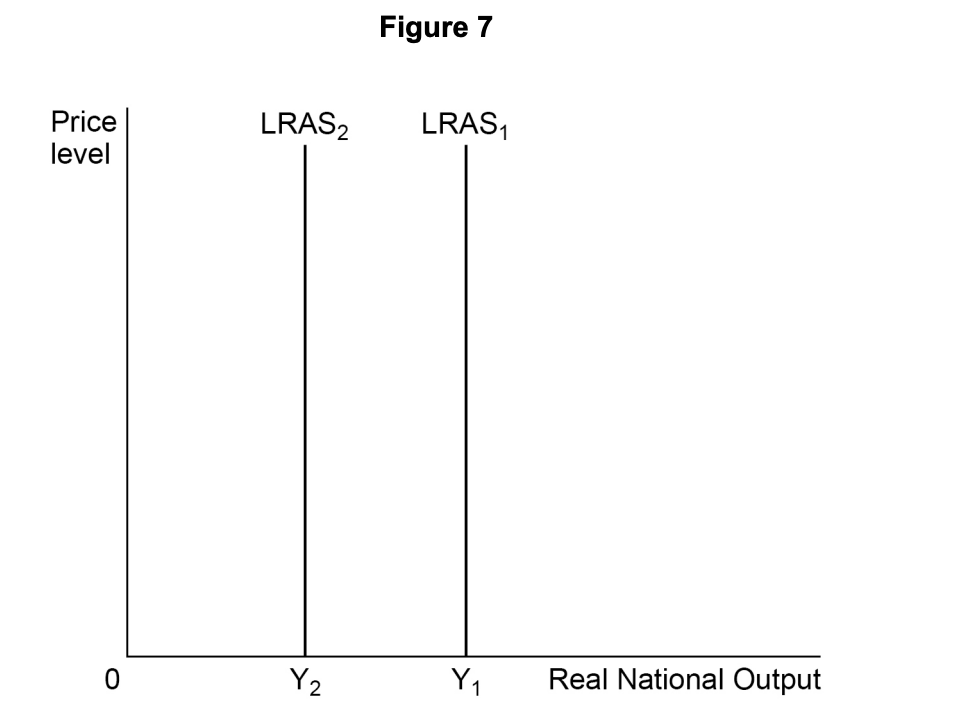In an economy, the marginal propensity to consume is 0.6. All other things being equal, which one of the following statements is correct?
A £5 billion reduction in the economy’s national income will result in a £3 billion fall in consumption
If injections into the circular flow of income equal £20 billion, national income will equal £32 billion
If injections into the circular flow of income rise by £10 billion, national income will rise by £6 billion
When the economy’s national income equals £100 billion, consumption will equal £60 billion
Did this page help you?










